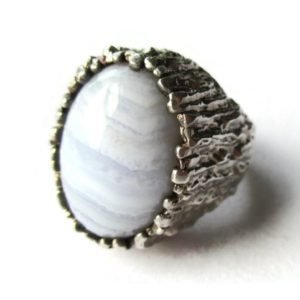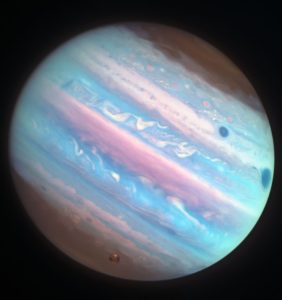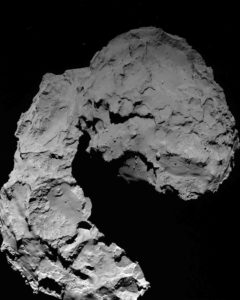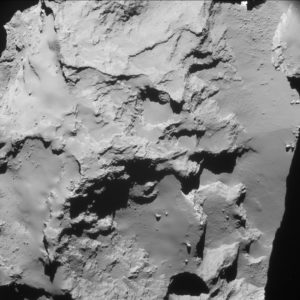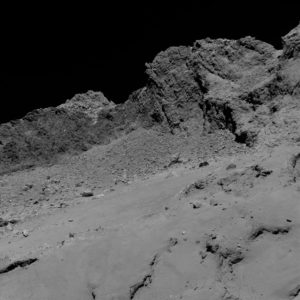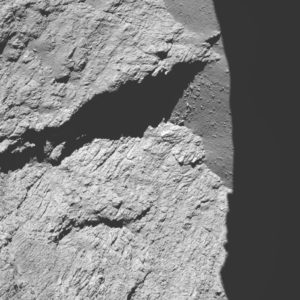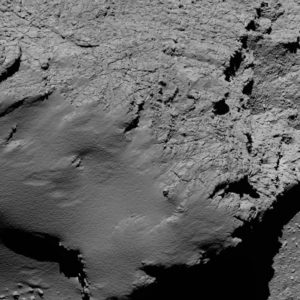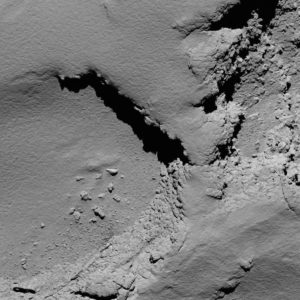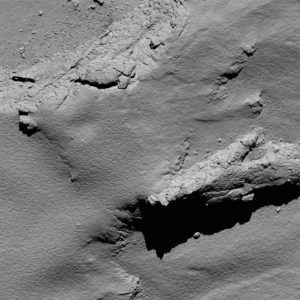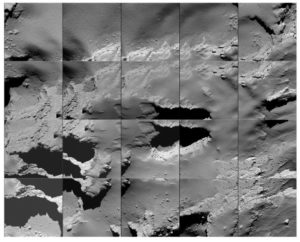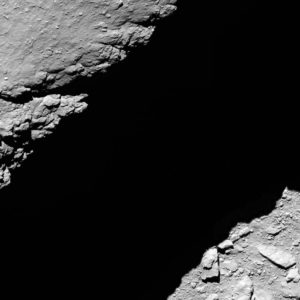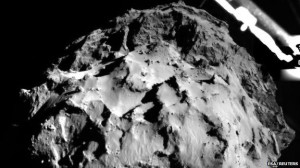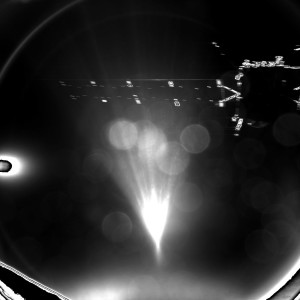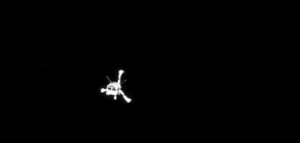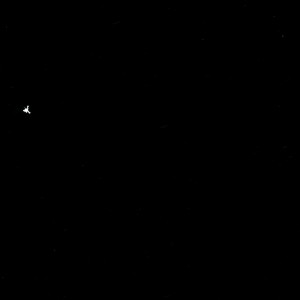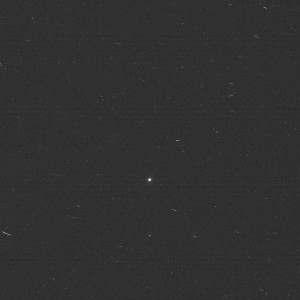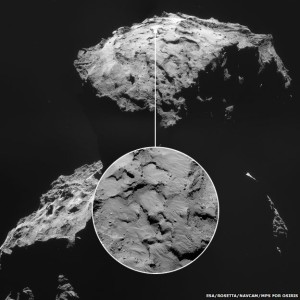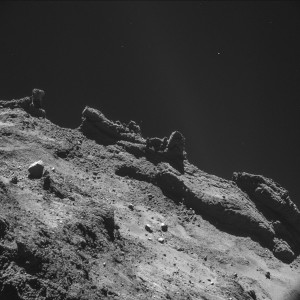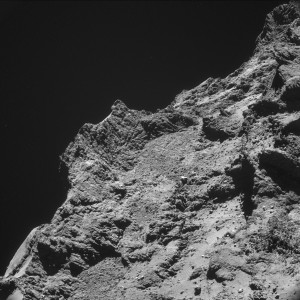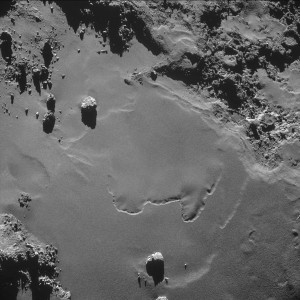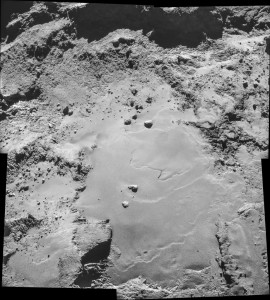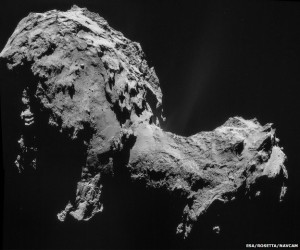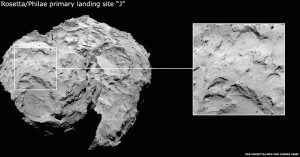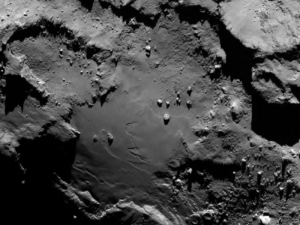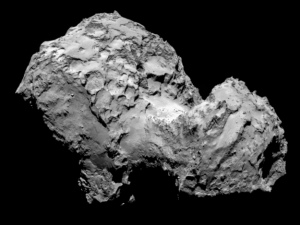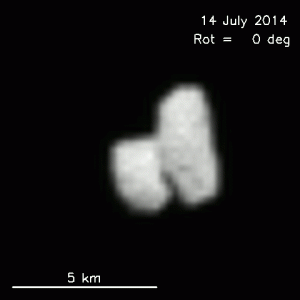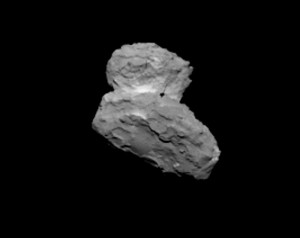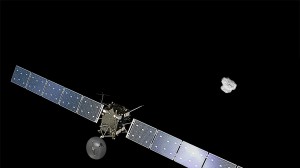Almost a week on from the excitement of Philae’s landing on Comet 67P/Churyumov—Gerasimenko, and the dust has settled, just about (damn low gravity on that there comet). What a rollercoaster ride. My live feed to ESA decided to cut out right at the very moment that the landing was confirmed, so I missed the punch-the-air happy moment, but it was still such a wow-wow-wow moment, learning of the touchdown via ESA’s twitter feed rather than seeing and hearing about it. So fantastic. And then came the delay in getting the photos of the comet’s surface that we had been promised not long after Philae had touched down. Something was up, but ESA wasn’t telling, for a while at least. Then came the news that the scientists thought the harpoons hadn’t secured Philae to the surface—we already knew that the booster that would help force the probe on to the surface wasn’t going to work—and it might have bounced.
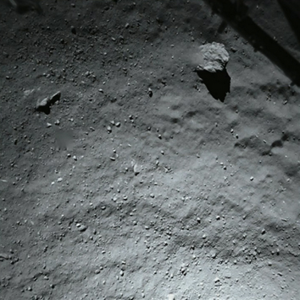
Photo taken by Philae from about 40 metres above the surface of the comet, just prior to Philae’s landing.
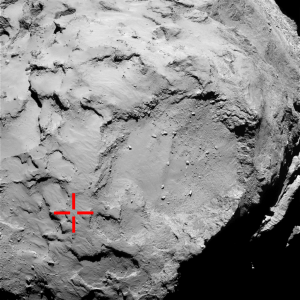
X marks the spot: Philae’s initial landing place on the comet.
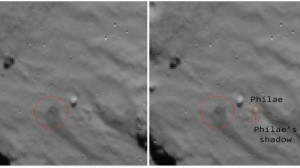
Philae’s initial landing place on the comet, before the first of its two bounces. In the right hand shot, Philae and its shadow can be seen on the surface.
The next morning came the news that it had indeed bounced – twice. The gravity is so low on the comet’s surface that the first bounce is thought to have been in the region of 1 km high.
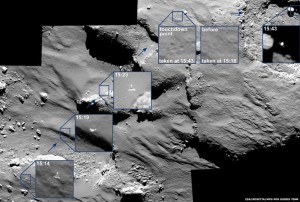
Philae’s first bounce, taken from Rosetta.
Then came pictures of the surface. Staggering shots, the first ever showing a close up of the surface of a comet. But the scientists still didn’t know where exactly on the comet Philae was.
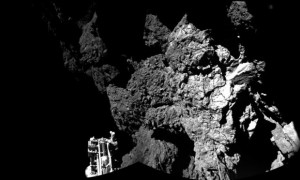
The first image sent back by Philae from the surface of the comet. Part of the lander can be seen in the foreground.
Then came the news that Philae had landed with one of its legs up in the air, and in shadow for much of the time. Not good news for either its stability (needed for the scientific tests) or more importantly for its life – if it didn’t get sun, the solar panels would not be able to recharge the batteries and the probe would shut down.
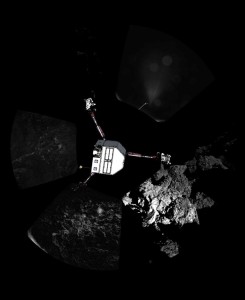
Panoramic image series taken by Philae, with a sketch of the lander itself superimposed indicating its probable orientation.
Then Philae’s location was established. Time was running out, and the scientists decided to run the tests and hope that Philae would have enough power to get the results back to Rosetta, for it to send the data back to us. Success!
And then Philae ran out of power, and shut down.
In its journey around the sun, there may come a time when the sun falls on Philae and it awakens and can talk to us and hopefully perform more science tasks. Rosetta will be accompanying the comet on its travels, and so will be able to send messages to and from earth. There is a plan to land Rosetta on the comet when its useful life is done: a fitting grave, close to little Philae. Together they will wander through the solar system, on their long orbit around the sun. I love this thought. It reminds me a little of the ending of one of my favourite films, Dark Star.
So much amazing science, such a tremendous achievement, such a heart-stopping few days full of highs and lows. Wow, what a great, great week for science.
Update: organic molecules have been detected by Philae on the surface of the comet!
